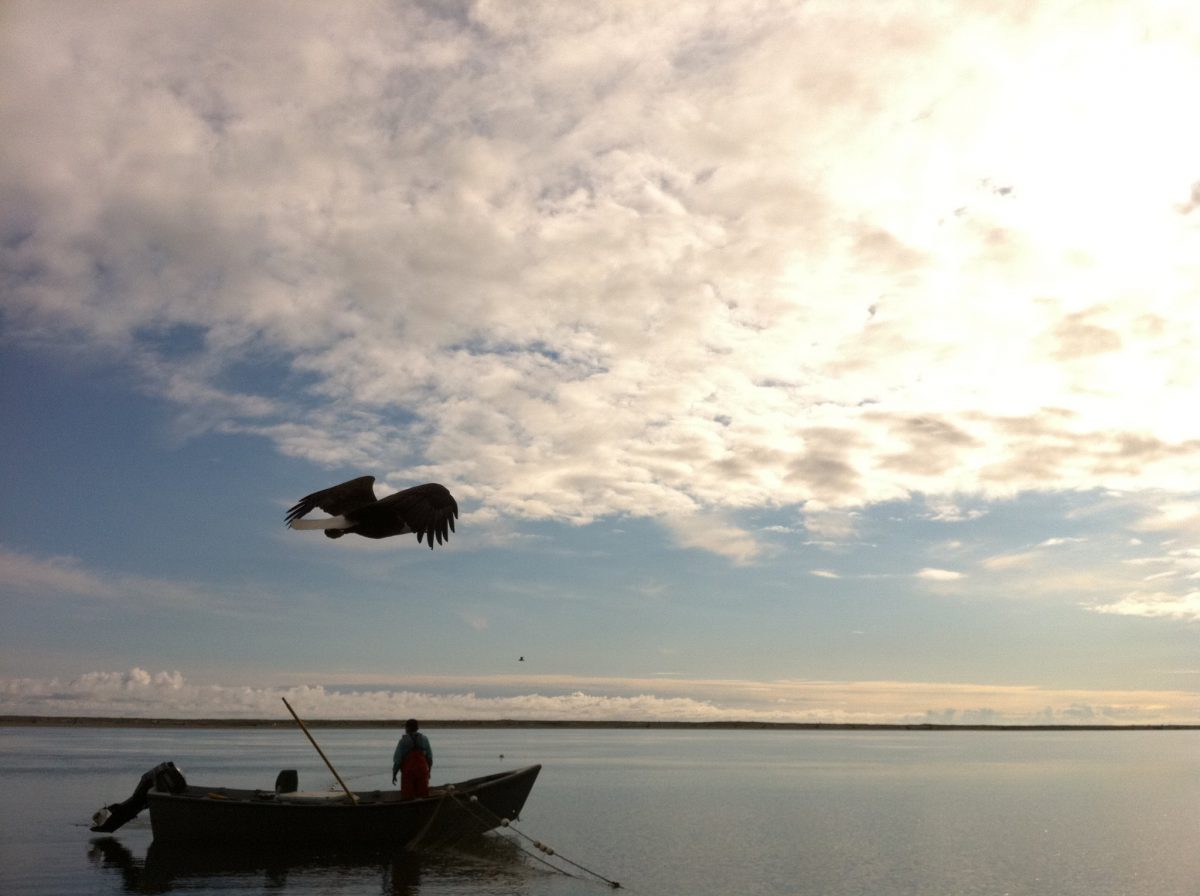I chose to do a lesson on salmon subsistence management as a piece of a much larger topic and hopefully someday full unit that addresses a number of math and science standards through salmon. From salmon life cycles, stream ecology, the physics of setting a gill net to the math and science that goes into subsistence management.
The goal of this lesson is to increase knowledge of Salmon fisheries, specifically subsistence, stakeholders in Southeast Alaska and how they are an integral part of the fisheries management systems with a variety of governmental agencies.
The Essential Questions I focus on are:
“How do people have an impact on the diversity and stability of ecosystems?” and “Who should regulate subsistence fishing?
While I feel this lesson addresses several Alaska math and science and cultural curriculum standards the standard most embedded within this lesson is Science F: Cultural, Social, Personal Perspectives and Science which states: A student should understand the dynamic relationships among scientific, cultural, social, and personal perspectives. A student who meets the content standard should:
1) develop an understanding of the interrelationships among individuals, cultures, societies, science, and technology;
2) develop an understanding that some individuals, cultures, and societies use other beliefs and methods in addition to scientific methods to describe and understand the world; and
3) develop an understanding of the importance of recording and validating cultural knowledge.
https://education.alaska.gov/akstandards/standards/standards.pdf
My full lesson plan can be viewed here: SalmonSubsistenceManagement-JasmineJames-3
An additional handout to guide the stakeholder profile and position statement group research is here: Alaska Salmon Fisheries Stakeholder Profile and Position Statement

This is a great idea! I like that it is an example of place-based learning that is current, and relevant across time periods. I think students will be really motivated to use their learning in this application- thanks for sharing!
Jasmine,
I like how you examine the parallels between the traditional ecological knowledge and western science point of views. I also like how you accommodate to students by assessing their background knowledge and defining terms in the beginning of the lesson… this lesson looks like it incorporates not only science and math, but government and history. If you ever did this lesson, it would be awesome to collaborate with a government teacher and look at the development of fisheries policy. Great job!
-Lindsay
Jasmine, I really like the idea of educating the students about the math that is involved in fishing techniques and game management. Math is truly the language of hard science, but it is often left out because many people are afraid of numbers. Great plan and awesome unit!
I love how place-based this lesson is. I think you have done a great job with really getting the information across and making it very relevant to the students. And you have been wonderful to work in a group with!
What jumped out in the post and made me realize I could do a quick edit of my lesson post is how clearly you laid out your essential question. Perhaps, because we had talked about essential questions the other day, but in general I enjoyed your organization of your post(s). Good stuff once again, Jasmine.
I like how This lesson includes almost every school course and integrates them into a single unit on an important subject. Salmon management strategies are constantly debated in Southeast and I’m glad these students will be knowledgeable on the subject.
Is it cheating to comment on your lesson?! =)
Well I’m excited to team teach this unit in our block classes in our own school. Random thought that popped into my head and just extra information to have in your tool kit (if you didn’t have it already, but I assume you did)… I feel like I remember hearing or reading/researching how commercial fishing boats were given, loaned, inherited, paid for – for Alaska Natives in some of the villages. Interesting intersections of everything hidden in some village histories. Also the dynamics of all the embroidered fishing vessels on hats and sweatshirts. But now I think I heard it mentioned by John Martin. Look at that, knowledge came full circle.
I love the real world and place-based connection with this lesson. Salmon is such an integral part of Alaska. We need to know about this resource in and out so we can make sure to sustain their populations for our future generations! I also love the interdisciplinary interconnectedness to your lesson.